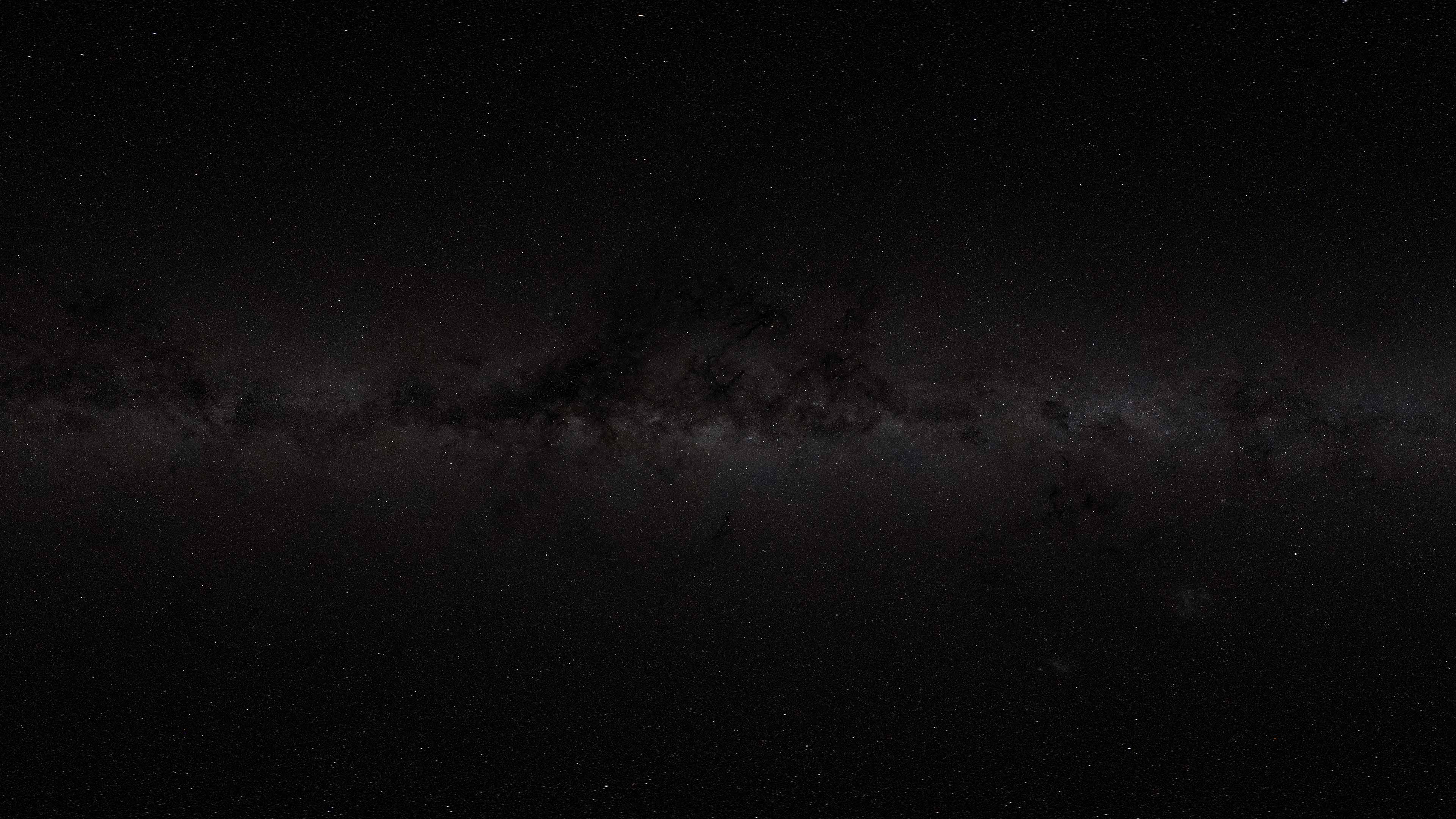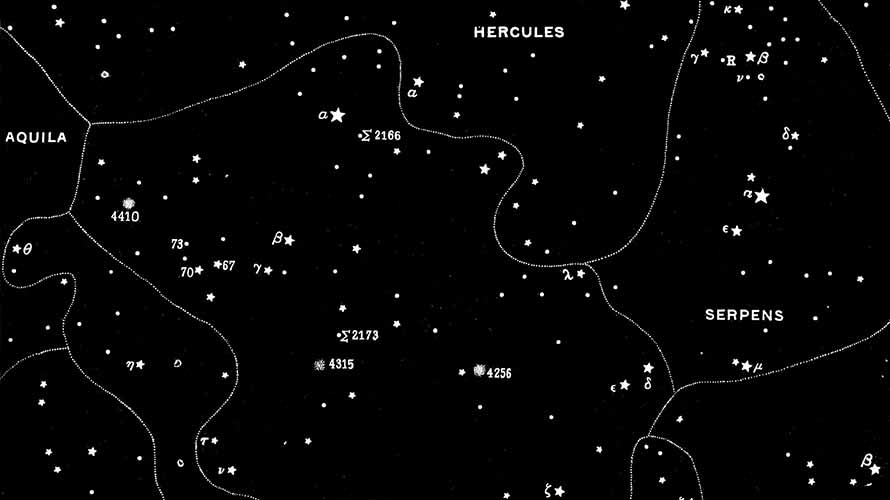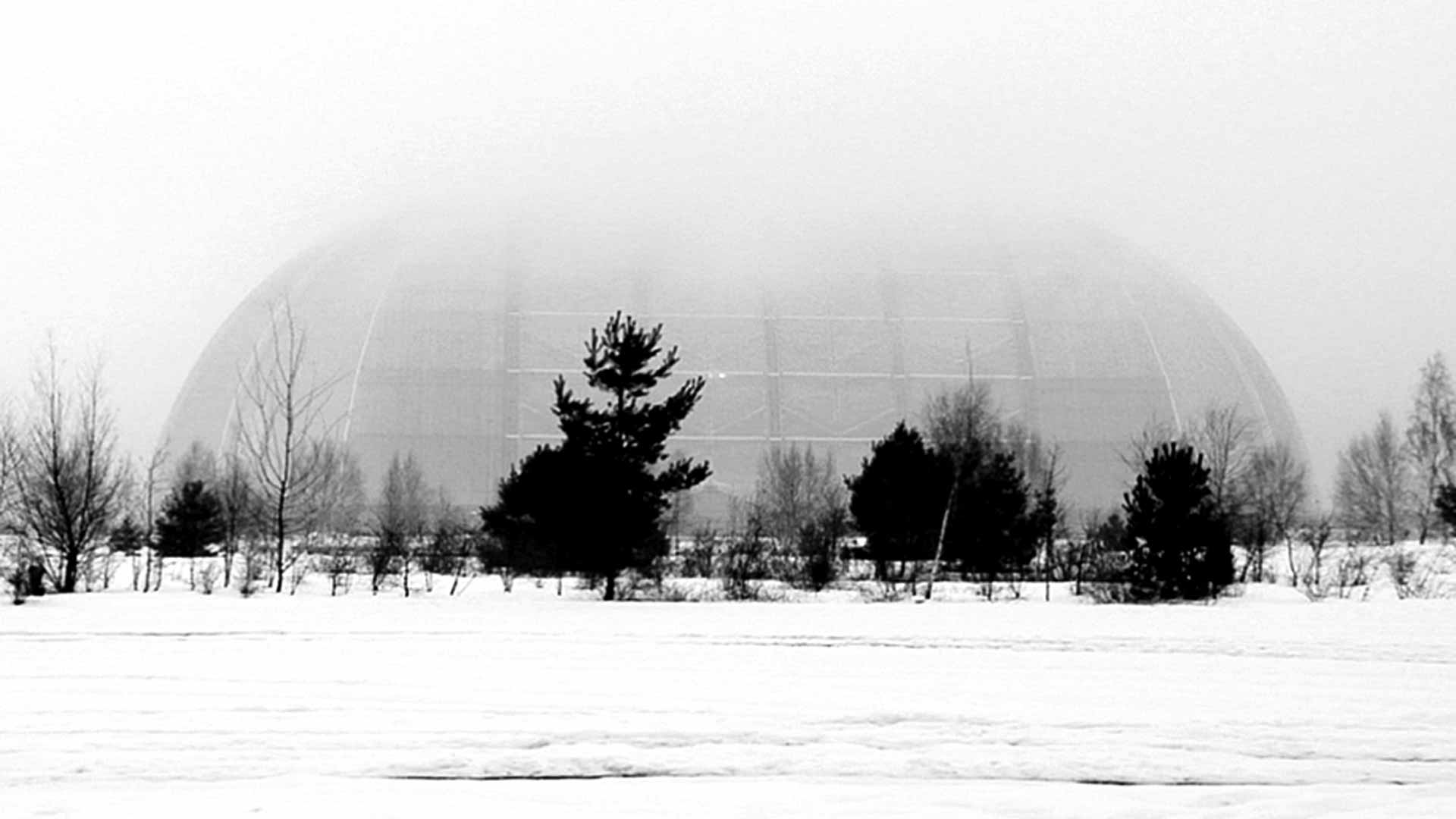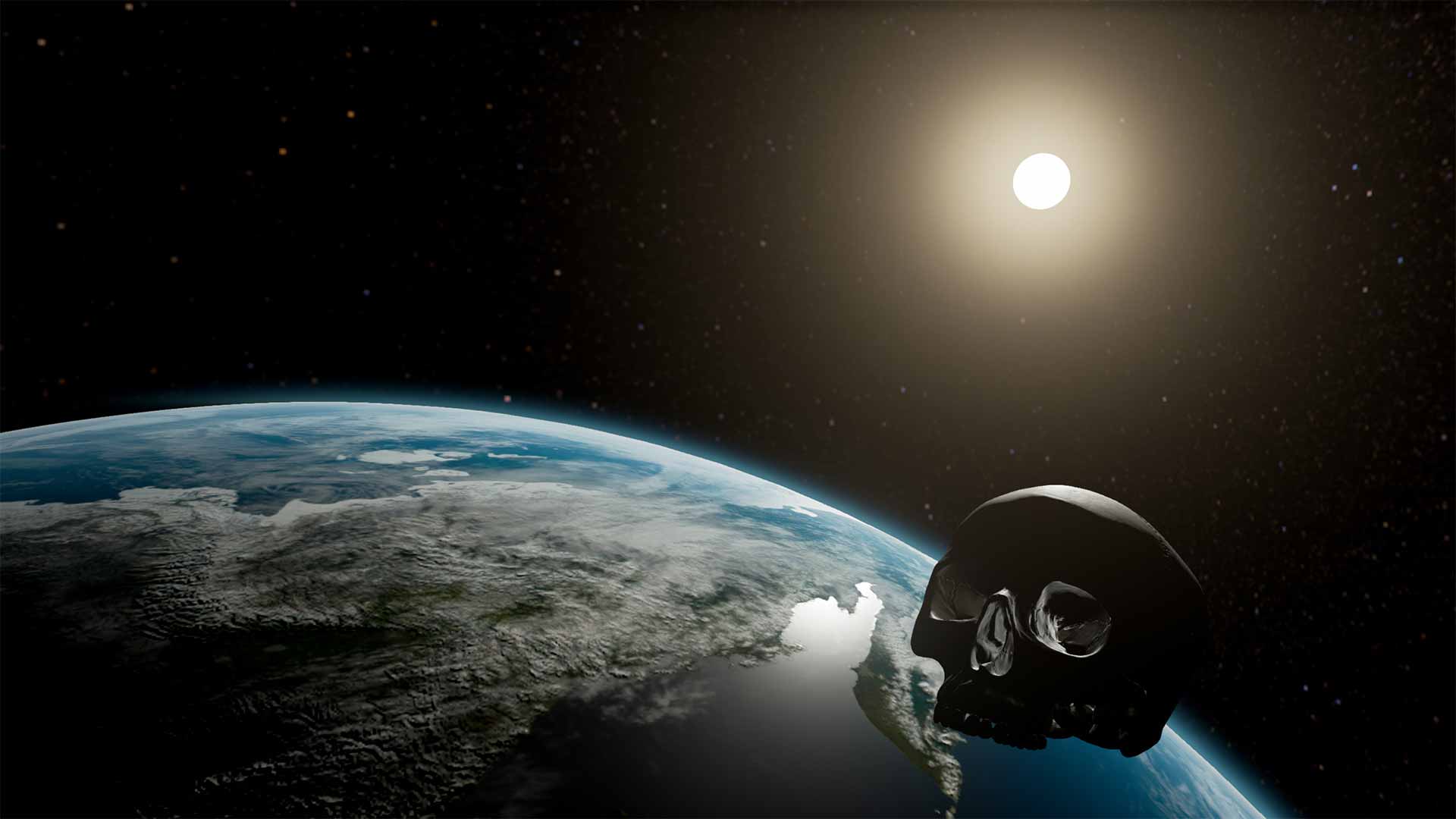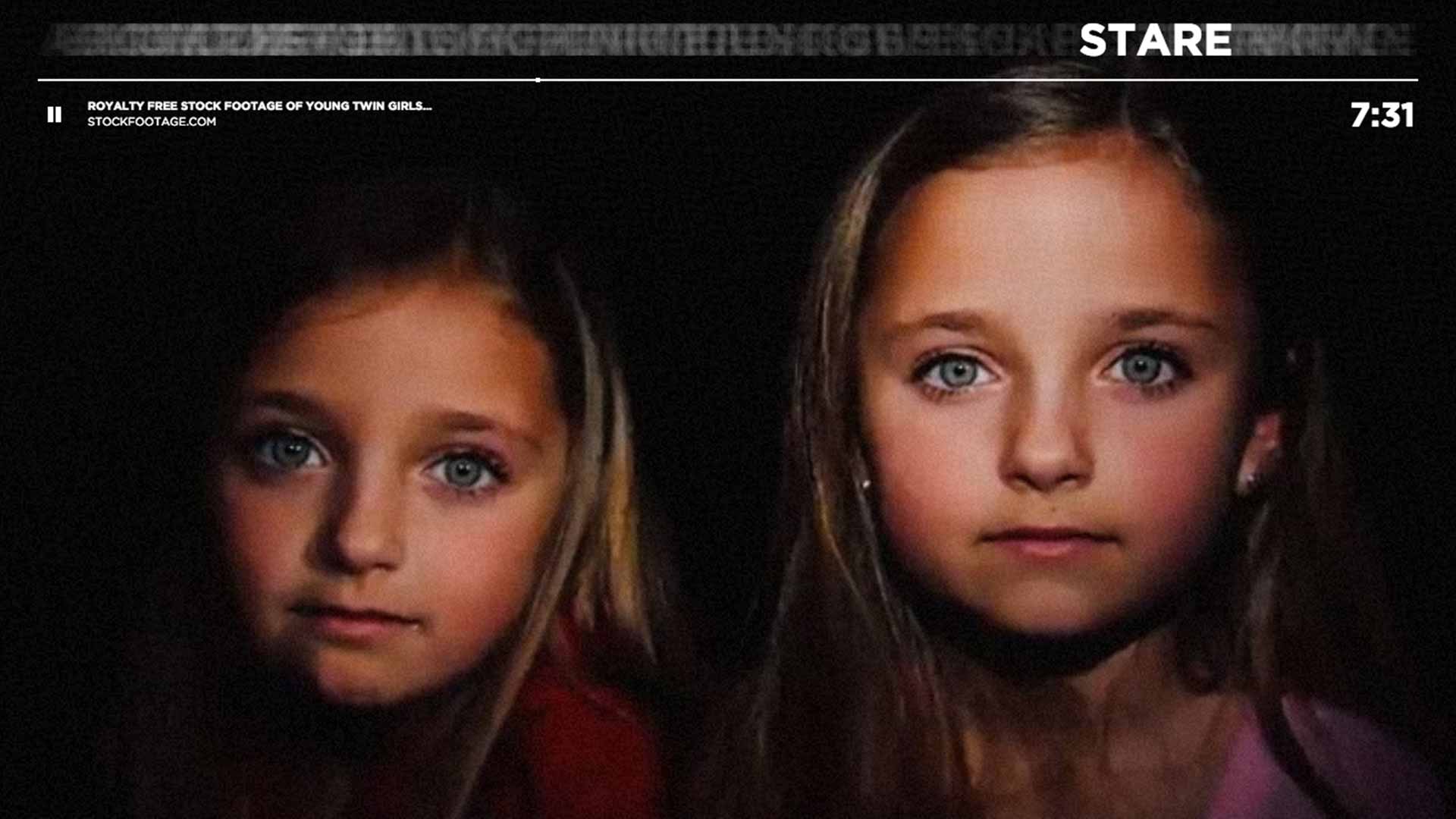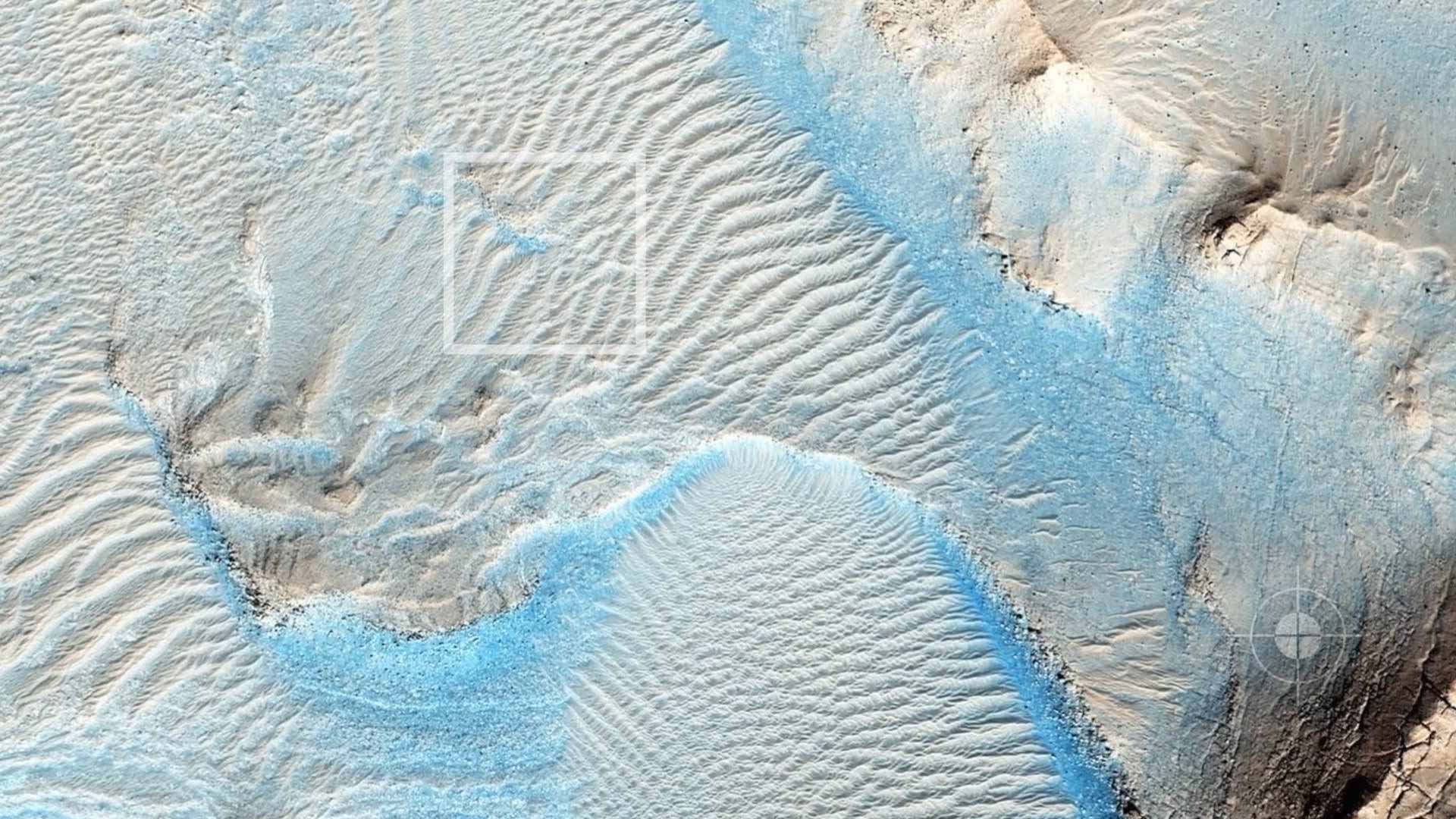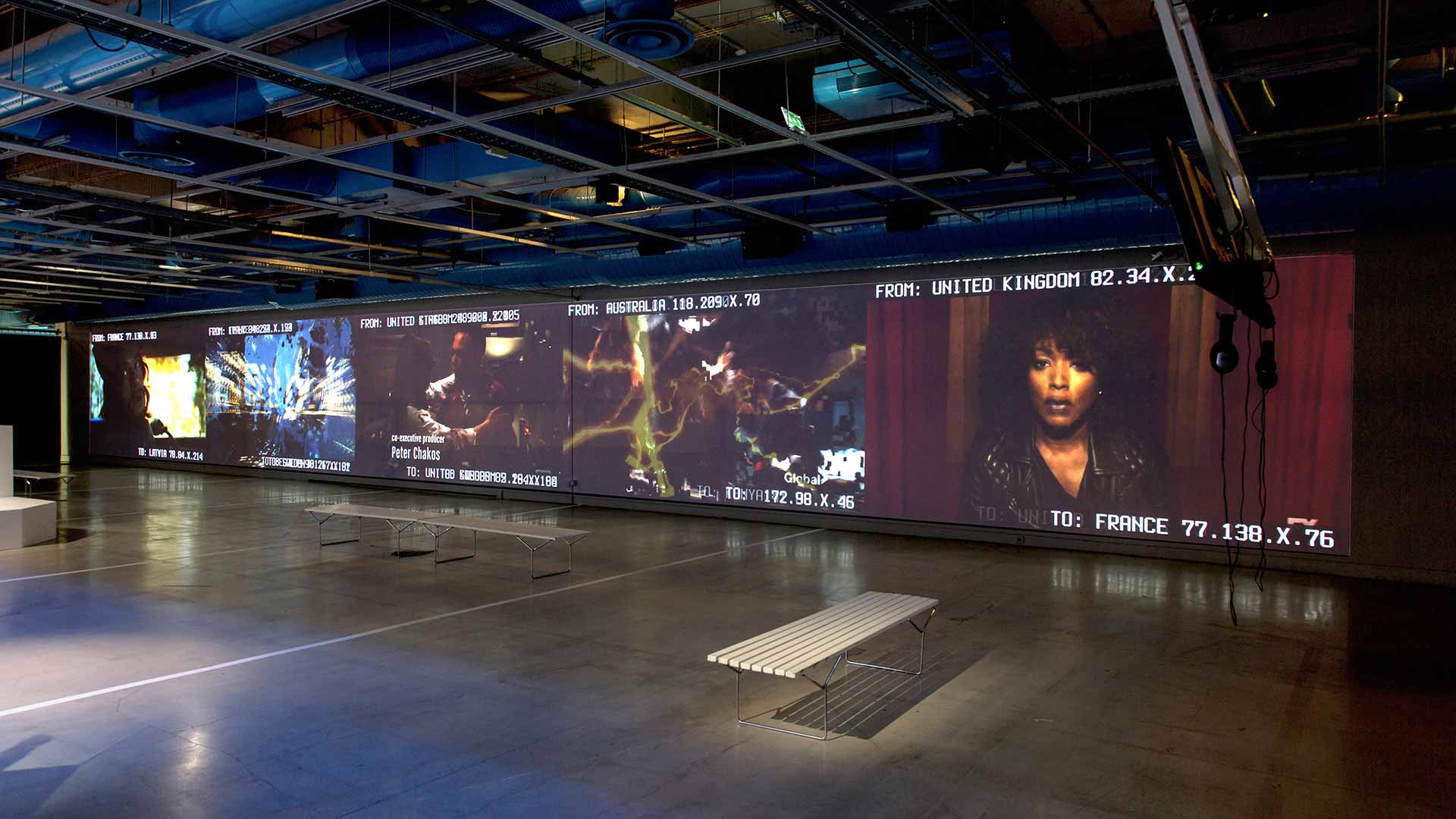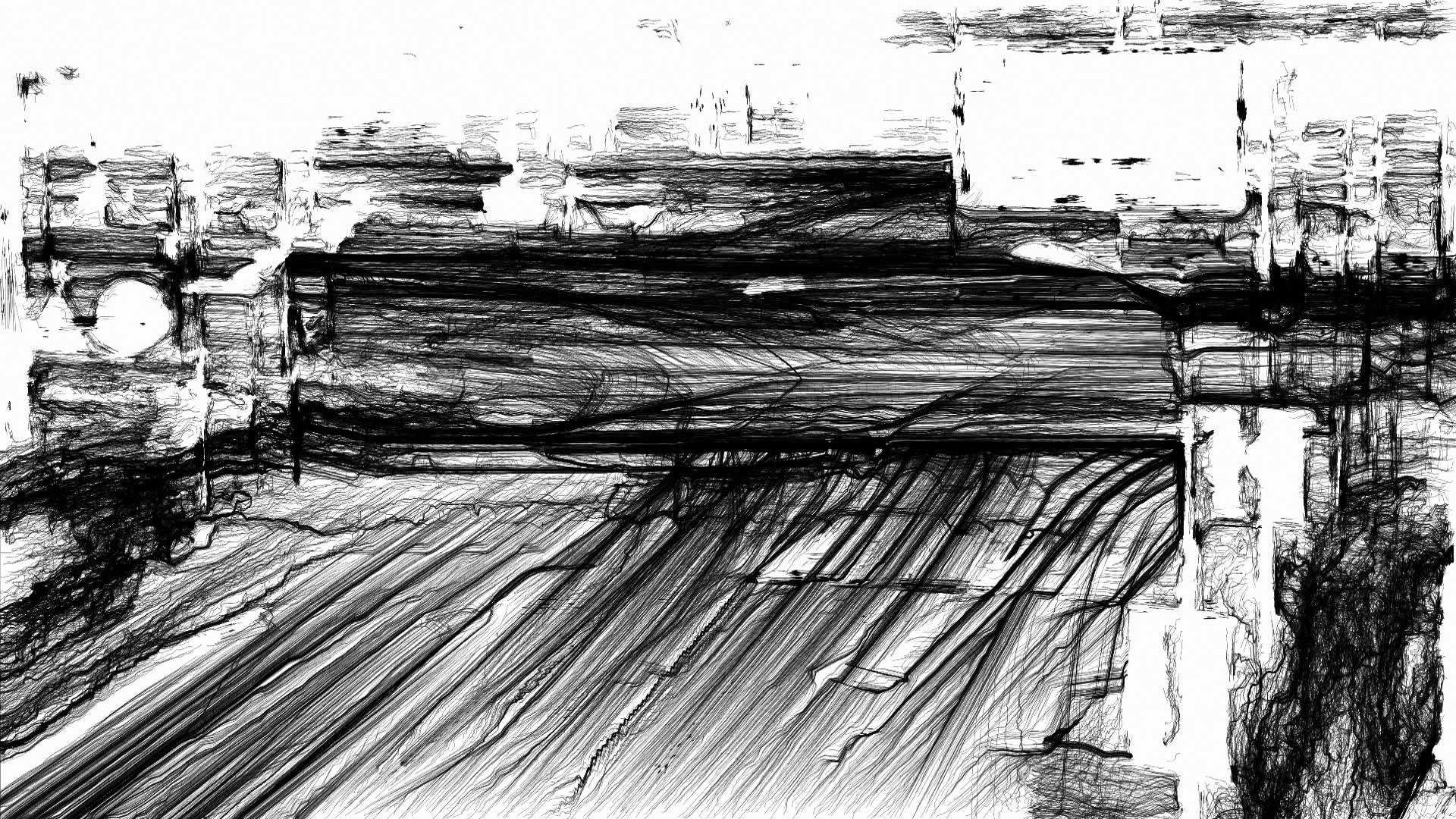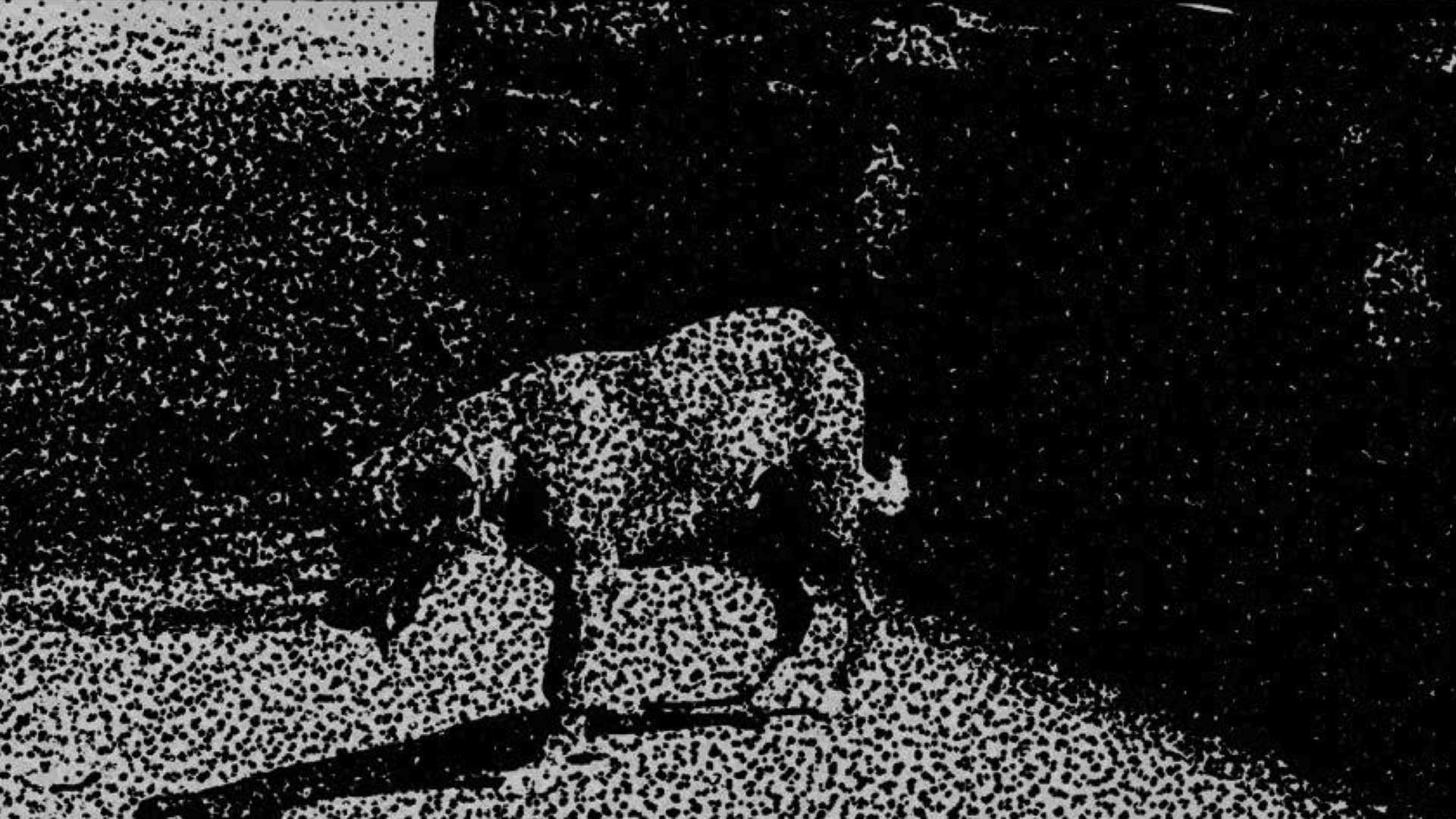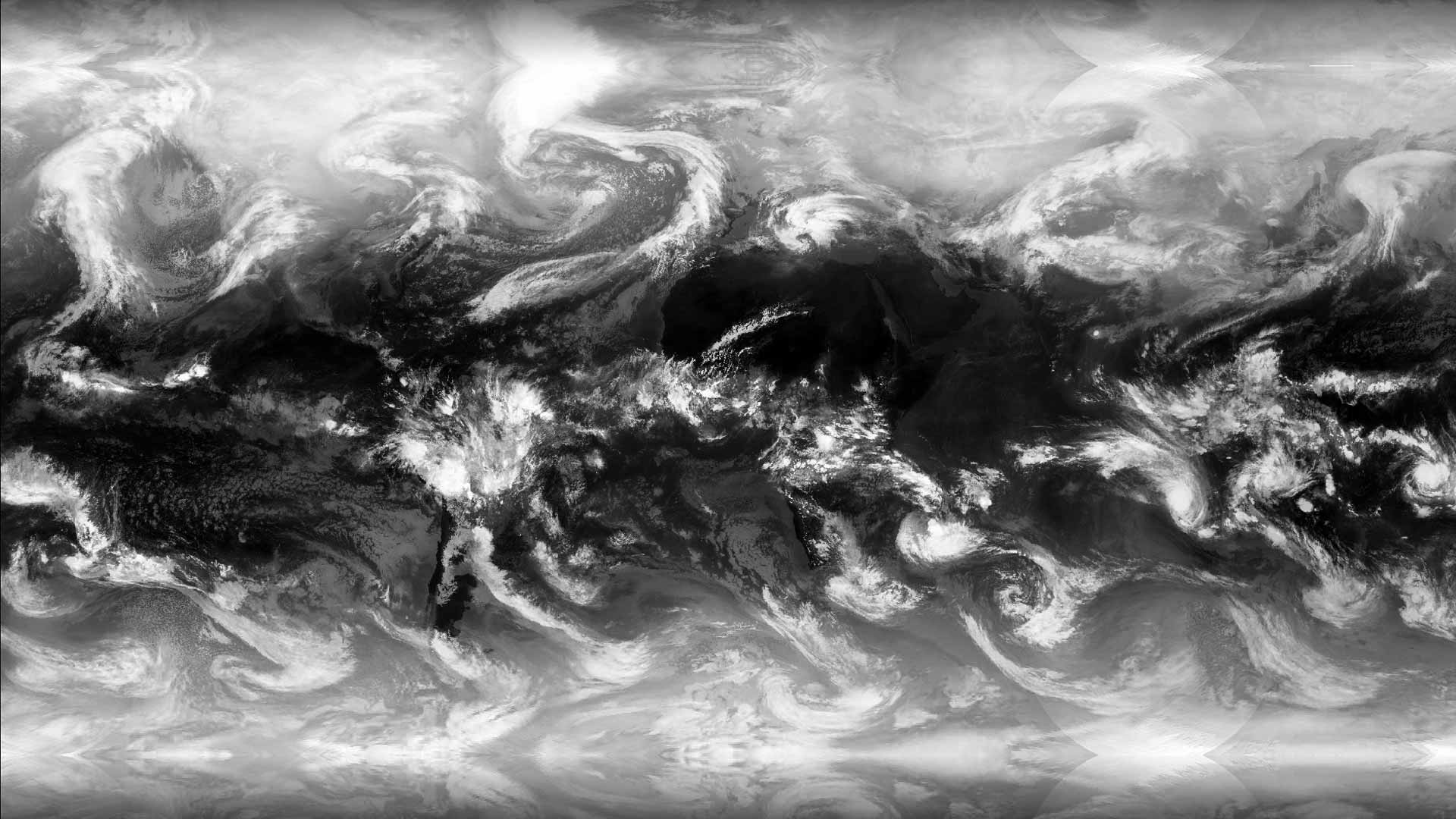TRACE
WAYFINDING IN CONTEMPORARY NEW MEDIA ART
MOCA SALON BELGRADE | 30 MARCH — 28 MAY 2018
About
TRACE: Wayfinding in Contemporary New Media Art exhibition features the artists who draw inspiration from different forms of situational awareness transforming them into complex new platforms for reflection and discourse: Yin-Ju Chen & James T. Hong, Badfaith VR (Shaun Gladwell & Leo Faber), Dejan Grba, Jonathan Harris & Greg Hochmuth, Ron Hutt, Nicolas Maigret & Brendan Howell, Kelly Mark, Julian Palacz, Alexander Schellow, syntfarm (Vladimir Todorović & Andreas Schlegel).
TRACE took place in MoCA Salon, Belgrade (30 March — 28 May 2018) and in Pro Arts, Oakland (20 July — 31 August 2018). Within each venue, the exhibition was redeveloped as an autonomous setup with a specific configuration of the artworks. It comprised educational programming with round tables, lectures and workshops. The show in MoCA Salon was accompanied by a catalogue published by MoCA Belgrade, and the complete project will be presented in a book published by McNally Jackson in New York.
TRACE was curated by Dejan Grba, Anna Novakov and Yvonne Senouf, members of [PAS].
Concept
ONE PING ONLY [On TRACE: Wayfinding in Contemporary New Media Art]
When I trace at my pleasure the windings to and fro of the heavenly bodies, I no longer touch the earth with my feet: I stand in the presence of Zeus himself and take my fill of ambrosia.
Ptolemy, Almagest (Syntaxis Mathematica), AD 150.
Hellenistic astronomer Claudius Ptolemy looked to the skies and traced 48 constellations including Gemini (the Dioscouri twins—Leda’s and Zeus’s sons Castor and Pollux), linked to Messier 35 cluster dating back 100 million years. The distinct colors of the stars Ptolemy described in his ancient wayfinding treatise are available to us today through the mobile apps that access globally networked astronomy databases, observation facilities and experimental installations.
Science and technology help us observe the cosmic spatiotemporal continuum ranging between 13.772 and 13.82 billion years, but also to track the earthly movement of matter, energy and people in various scales and conditions: short routes from home to work, long-distance air travels, infinitesimal shifts of plate tectonics or lengthy ancestral migratory routes gleaned from DNA analysis. Combining manifold tools and techniques we create new aggregates of hybrid, multidimensional knowledge such as the atlases of biodiversity, interactive visualizations of mental functions, and dynamic maps of environmental changes on the earth’s surface and deep within its core. They help our survival and make our everyday life easier, but also incite contemplation that deepens our understanding of what it means to be human and of our place in nature.
Cognitively motivated observation of the environment is one of the key mutual features of science and the arts in which it is charged with aesthetic, emotional and ethical momentum. As a procedure for determining current location and for anticipating further action, wayfinding facilitates the construction of an artwork, but also indicates the ways for its appreciation and reflects the material, historical, social and political circumstances of its creation.
TRACE features the artists who draw inspiration from different forms of situational awareness, transforming them into complex new platforms for reflection and discourse: from apocalyptically-utopian social allegory (Yin-Ju Chen & James T. Hong, End Transmission), interplanetary spectacle of mortality (Badfaith VR, Orbital Vanitas) and critique of the online culture (Jonathan Harris & Greg Hochmuth, Network Effect), through indexing the creative process (Ron Hutt, Sort), monitoring the peer-to-peer file sharing (Nicolas Maigret & Brendan Howell, The Pirate Cinema) and compression of daily media consumption (Kelly Mark, REM), to automated supervision of everyday life (Julian Palacz, Surveillance Visualizations), narrative reconstruction of urban landscape (Alexander Schellow, Kifissos), generative mapping of satellite imagery (syntfarm, Formations) and animating the imprecisions of global positioning system (Dejan Grba, Study 7/0).
Exemplifying a spectrum of artistic approaches to the idea of wayfinding, these projects are accessible although they emerge from layered poetic platforms, and they retain experimental freshness even though ensuing from rich repertoires of methodologies and techniques.
Opening
Installation
Provisional Art Spaces [PAS] is an international consortium of curators and artists who create opportunities for spatial transference through artistic affiliations, environmental action and strategic productions. As an association, [PAS] uses territorial entanglement and emerging technology as vehicles for migratory art practices. Working in the United States, Asia and Europe, [PAS] offers an innovative model for contemporary art production that goes beyond the established art market and towards a more egalitarian embrace of viewers and audiences.
